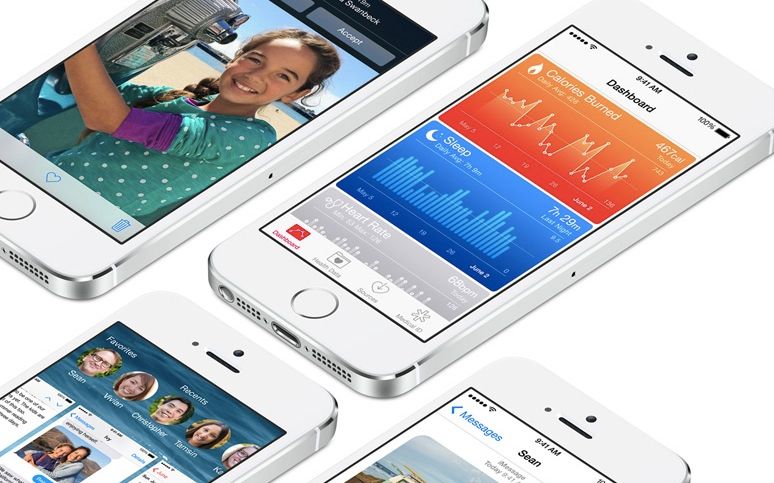At its annual WWDC developer conference in San Francisco, Apple has taken the wraps of its latest mobile phone operating system; iOS 8.
While the user interface sees very little change in the overall design ethos announced by the company in 2013, Apple has focused heavily on empowering developers to be able to achieve much more than they have previously done.
There are numerous "kits" for bringing together lots of different data points like health, home automation, photo, scene, and the cloud on the new devices.
Apple's mantra seems to no longer be about replicating what app developers can do and replacing it, but working alongside them. The new features in iOS 8 seem to be the most open yet as Apple continues to open up more parts of its mobile operating system. Touch ID, Photos, Siri, it is all there all waiting to be embraced by developers keen to help the company make its phones and tablets better.
That's a very different vision from the "we know best" mantra we've heard from Apple before, and one that will see Android users perhaps consider a switch back to Apple now that can no longer whinge that the iPhone doesn't offer keyboards, choice and a host of other features they want.
With Apple boasting that many of its 130 million iOS users over the last 12 months have defected from Google's Android OS, you can see why Apple is keen to woo the rest.
But if wooing consumers through apps isn't enough, Apple is also letting developers create what Apple is calling extensions. Put in more simple terms; apps within apps.
Come September, we are likely to see things like photo enhancing features within Apple's own apps from third party developers, and the use of widgets. Smaller versions of the apps that can be accessed via the notifications panel.
But Apple's move to include widgets could be the start of a greater move, a move away from the one screen to multiple screens.
The company could be starting a journey of educating developers and consumers for consuming bite sized snippets of information on the go.
It is a tried and tested approach that Apple has used before. It started educating its users about the joys of using your fingers when the track pads on its MacBook range started getting bigger and bigger. Then in OS X there was a move to on-screen switches that you wanted to slide, all this came before the iPhone and iPad, but helped pave the way for such design cues to make perfect sense by the time they were introduced.
Such a move with widgets would and could prepare developers and consumers for viewing these bite sizes bits of information away from the apps that they are fed from.
If iPhone users warm to this idea, it is only logical to suggest that those widgets needn't be on the same iPhone to be enjoyed, but another screen for example. Another screen that could be on your wrist. Another screen that could be the iWatch.
Apple likes to educate rather than shock, and allowing developers to spend the next year building apps that work on a possible iWatch without realising that they are building apps for one is a brilliant way for Apple to build a roster of software applications ready for launch without having to actually detail anything too early.
It's also a very safe move. If widgets aren't embraced by developers or consumers, then Apple knows that no one is ever going to look at them on their wrist. And in that case the idea of an iWatch needn't ever get beyond the research and development labs.

